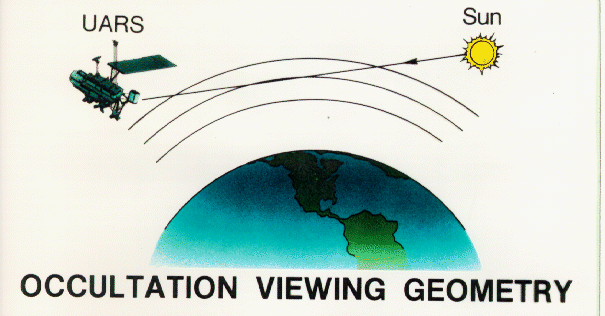

Figure 1. A schematic showing the solar occultation technique which is exploited by HALOE to make measurements of atmospheric constituents.
The sun is observed as it tracks through the atmosphere, and concentrations of gases in the atmosphere are inferred from the degree of absorption in selected spectral channels.
In a solar occultation experiment such as HALOE, the attenuation of the sun's radiation by the limb of the atmosphere is measured as the sun rises and sets relative to the satellite. The attenuated sunlight is measured in several IR wavebands using wide band and gas cell correlation radiometry techniques. The time and location of each profile is determined by the satellite orbit. The UARS orbit has an inclination of 57° and a period of about 96 minutes. This results in HALOE viewing on average 15 sunrises and 15 sunsets each day. Due to the geometry, sunrise and sunset events occur separately at roughly constant latitudes each day, that is, all 15 sunrise events encircle a given latitude spaced about 25° apart in longitude each day. As the orbit precesses, HALOE sweeps from 80°S to 80°N in latitude approximately every 30 days.